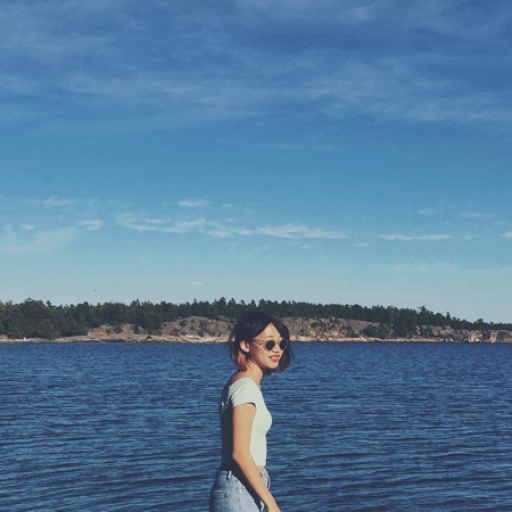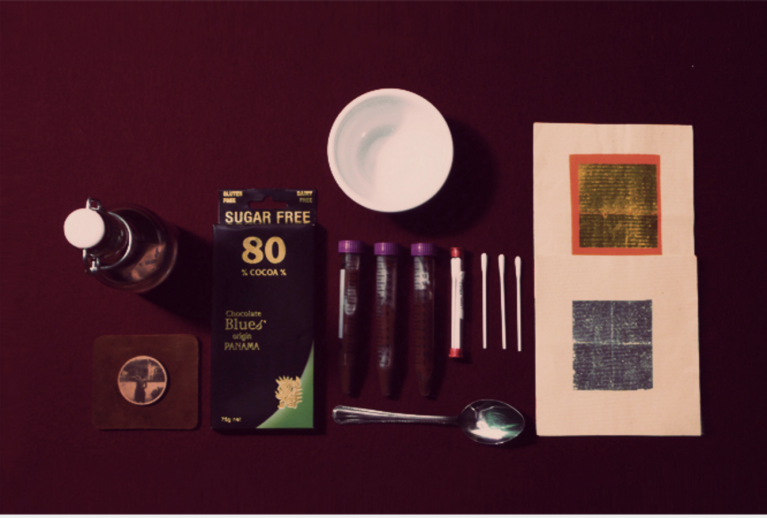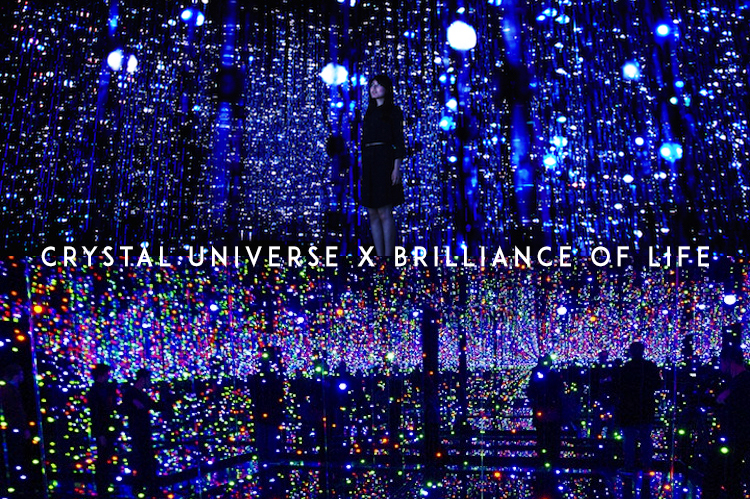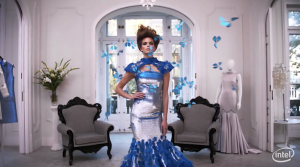I have chose to elaborate on the two projects, “Crystal Universe” by TeamLab, and “Infinity Mirrored Room — filled with the Brilliance of Life” by Yayoi Kusama.
Both of the mentioned projects are light installation projects of Japanese origins. Both of them are similar in that they deal with LED lights suspended in a space, and both of these projects were likely to have focused intensively on the viewers’ experience rather than just making it a piece of art.
Though similar in that both simulate infinite spaces, they differ in the scale of materials and the method used to achieve it. In “Crystal Universe”, the infinite space is achieved by suspending 60,000 LEDs in the 4D space, while in “Infinity Mirrored Room”, it is smaller in scale, with hundred of small round LEDs and the infinite space effect achieved by strategic placement of mirrors and shallow pools of water on the ground. Based on its scale, we could also assume that “Crystal Universe” would have taken a longer schedule and planning as well as a higher budget for the project.
Furthermore, it is also an interactive installation where the viewers are able to influence the lights with their position, as well as selecting elements to bring to life display through their smartphones. Therefore would have required a longer planning and executing time for the programming and design of the interactivity of the project. Also, the fact that TeamLab is a “collective, interdisciplinary creative group” with varying professionals working together may have taken a longer time in communicating the idea to the different professionals and having everyone to work on the same page. On the other hand, Yayoi Kusama execute her works on her own.
I would say that the two works are site specific. However, with minor adjustments, it has been possible for the works to be readapted and showcased in galleries around the world.
The nature of the two projects probably differed from its objectives. Yayoi Kusama’s is a work of self expression, where she draws her inspiration (the polka dots) from her hallucinations, and also illustrates her confrontation to her fears. Whereas for TeamLab’s “Crystal Universe”, it is probably an exploration and collaborated take on spatial objects, where they define the elements in their work to be “connected within a spatial network, they form a unified artwork — a physical space that can be entered by the viewers”, thus with a main focus of replicating a “universe” to the audience, with them being the centre.











